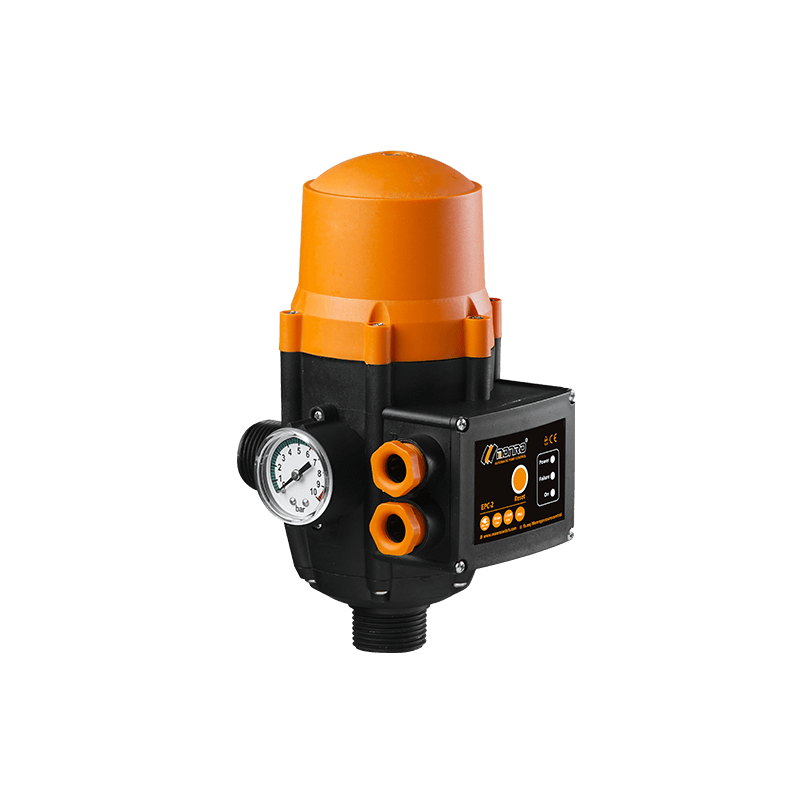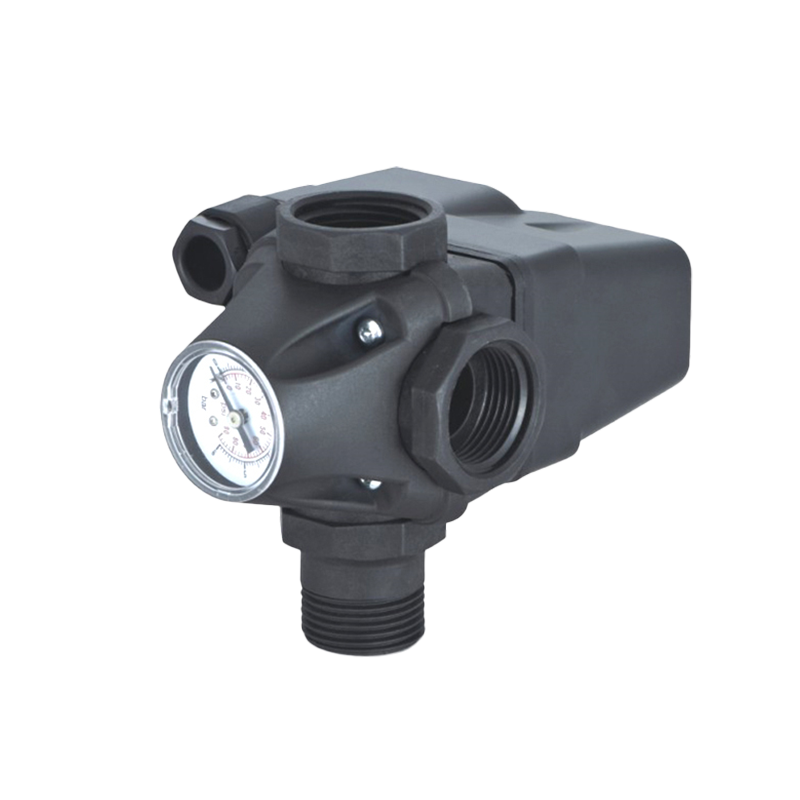Don't hesitate to send a message
Web Menu
Product Search
Exit Menu
Advanced Engineering Helps a Pressure Control Factory Reduce Pressure Fluctuations During Operation
Understanding the Root Causes of Pressure Fluctuations
Pressure fluctuations in industrial systems can arise from a variety of factors, including inconsistent flow rates, abrupt valve operations, temperature changes, or mechanical resonance. Inaccurate pressure control not only reduces operational efficiency but may also cause equipment wear or process instability. To address this, manufacturers must incorporate both predictive design and responsive control strategies. A Pressure Control Factory focused on high-performance applications begins by analyzing the dynamic characteristics of fluid or gas within a system and identifying possible triggers for instability, enabling a more targeted approach to reducing pressure variation.
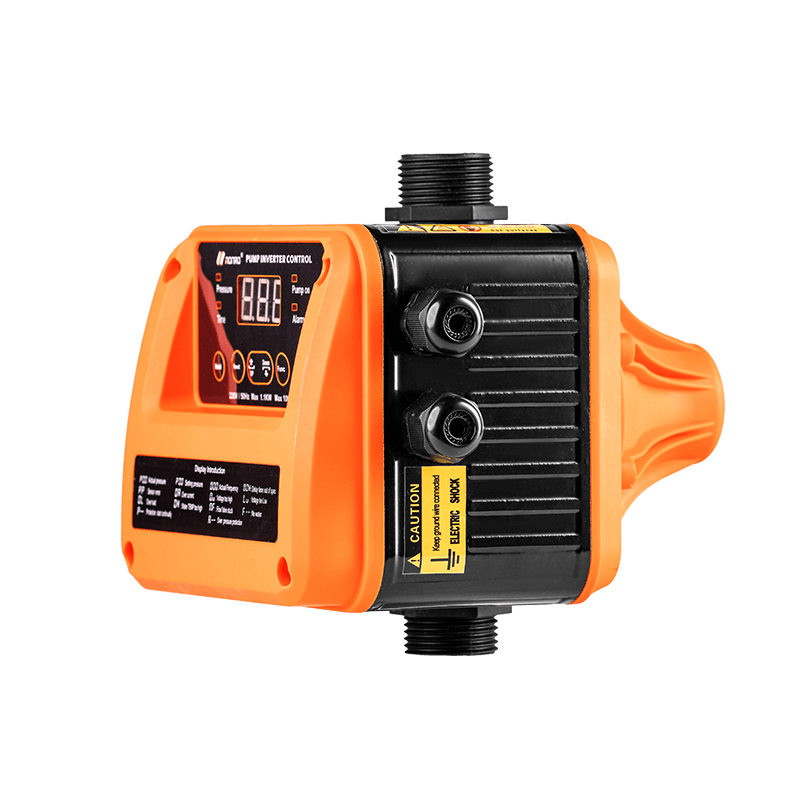
Smart System Design with Stabilization in Mind
One of the effective ways to avoid pressure fluctuations is through intelligent system architecture. Proper sizing of components such as valves, actuators, and piping can reduce the occurrence of sharp pressure transitions. The factory incorporates buffer zones or accumulators in key areas of the system to absorb transient spikes or drops. Flow paths are designed to eliminate turbulence and maintain laminar movement, which supports stable pressure levels. These pre-emptive measures, embedded into the physical layout of the system, play a crucial role in controlling pressure without over-relying on reactive mechanisms.
Use of High-Precision Sensors and Real-Time Feedback
Accurate pressure sensing is vital for detecting even minor deviations in pressure. To this end, modern pressure control systems rely heavily on digital sensors capable of capturing real-time data with high resolution. These sensors are integrated into a feedback loop connected to intelligent controllers. The controller continuously analyzes the sensor input and makes instantaneous adjustments to control elements like throttling valves or variable speed pumps. This rapid-response capability ensures that any developing pressure fluctuation is corrected before it affects overall system performance, providing a near-seamless pressure profile.
Advanced Control Algorithms for Smoother Operation
Another essential component in reducing pressure fluctuations is the use of advanced control logic. Proportional-Integral-Derivative (PID) algorithms are commonly employed, but many factories now adopt adaptive or model-predictive control systems. These algorithms not only react to current pressure deviations but also predict future disturbances based on trend data. This predictive capability allows for preemptive adjustments, helping to maintain a consistent pressure level even in systems with variable demand or external disturbances. As a result, operations become smoother, with fewer oscillations or instability events.
Material Selection and Component Quality Assurance
Mechanical stability is also influenced by the quality and compatibility of materials used. A well-established factory ensures that all pressure-bearing components are made from materials that resist deformation, corrosion, and fatigue. High-tolerance machining and strict quality control reduce the likelihood of internal leaks, valve sticking, or component mismatch—all of which can contribute to pressure instability. By focusing on durability and precision in construction, the system is better equipped to resist environmental influences that might otherwise trigger pressure spikes or drops.
Regular Testing and System Calibration
To maintain long-term pressure stability, periodic testing and recalibration are essential. A forward-thinking Pressure Control Factory offers diagnostic tools and services that allow operators to assess system health and recalibrate sensors and controllers as needed. Software updates to control algorithms and firmware enhancements for sensor integration also play a part in sustaining a stable pressure environment. Scheduled maintenance programs help detect early signs of component degradation or performance drift, reducing the risk of sudden fluctuations during operation.
-
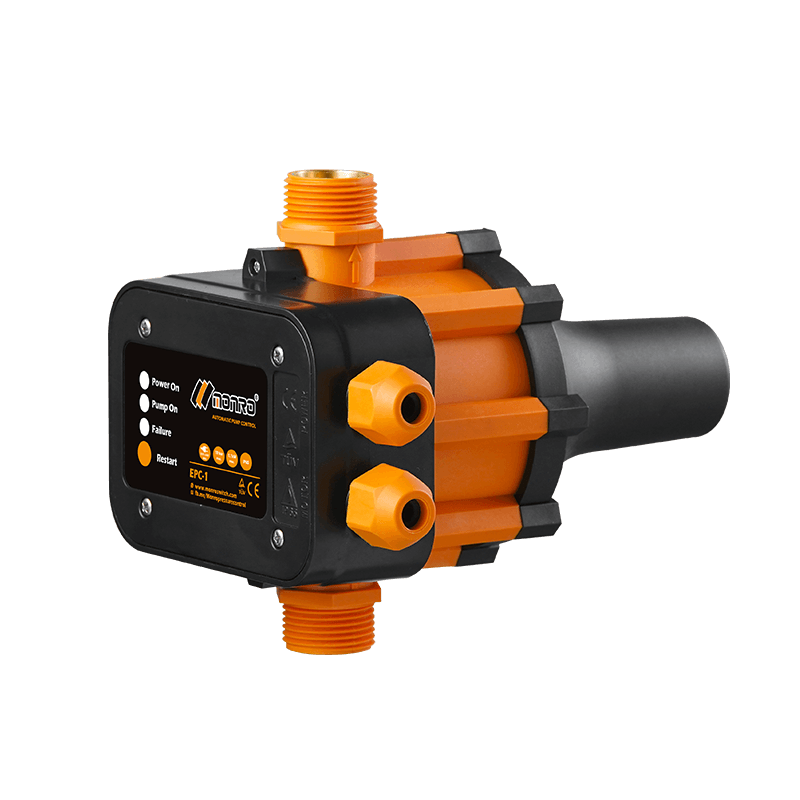 EPC-1
EPC-1Monro EPC-1 model pump controller is the classic and basic type, was loved by user in the global mar...
-
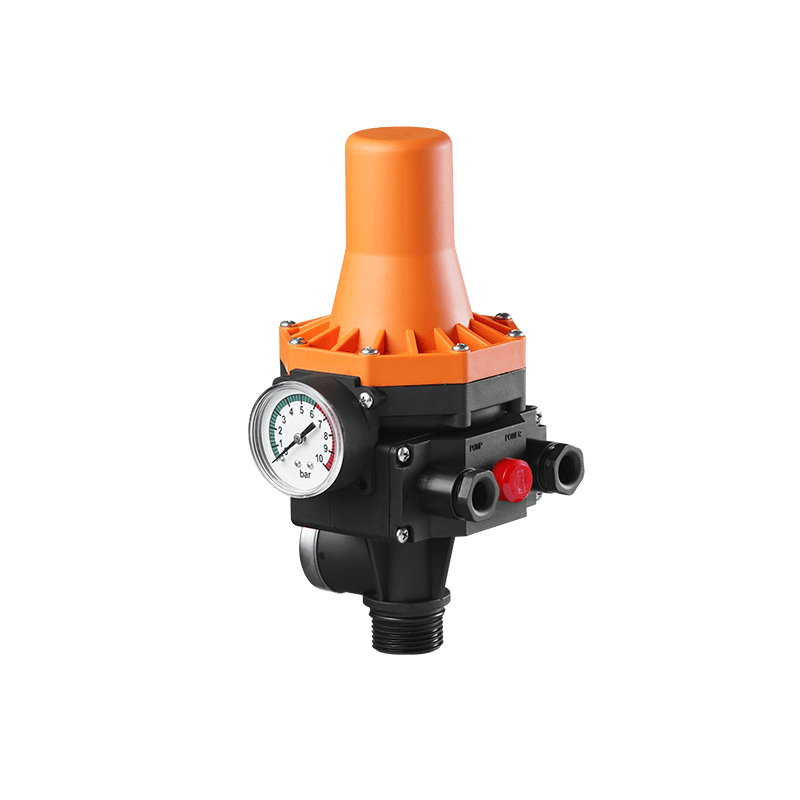 EPC-3
EPC-3Monro EPC-3 spain design auto on and off press control, an intelligent and economical system designe...
-
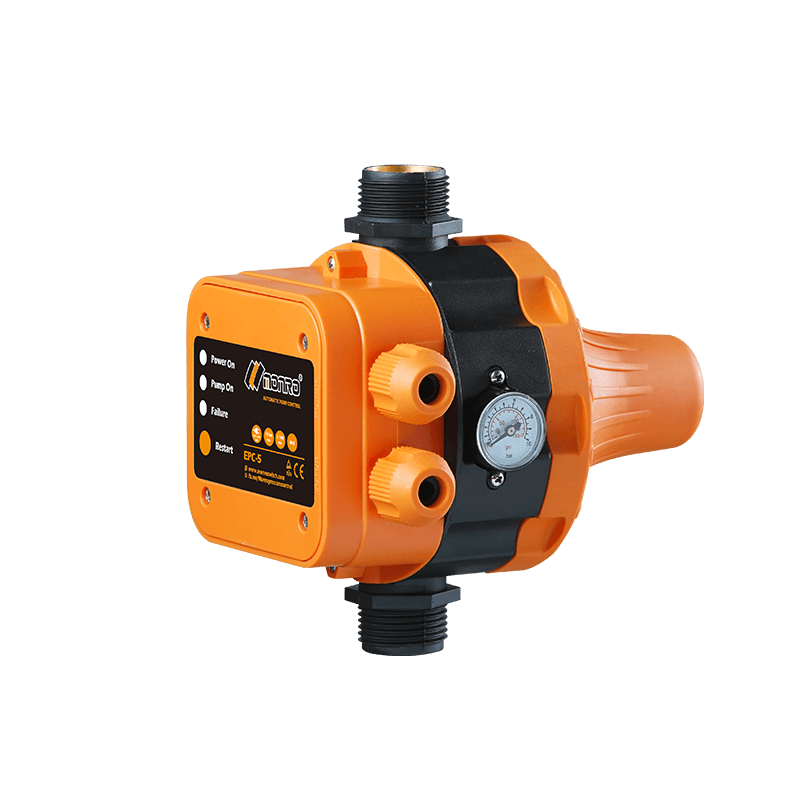 EPC-5
EPC-5Monro EPC-5 model automatic pump control, a device which assembled on the water pump (recommended si...
-
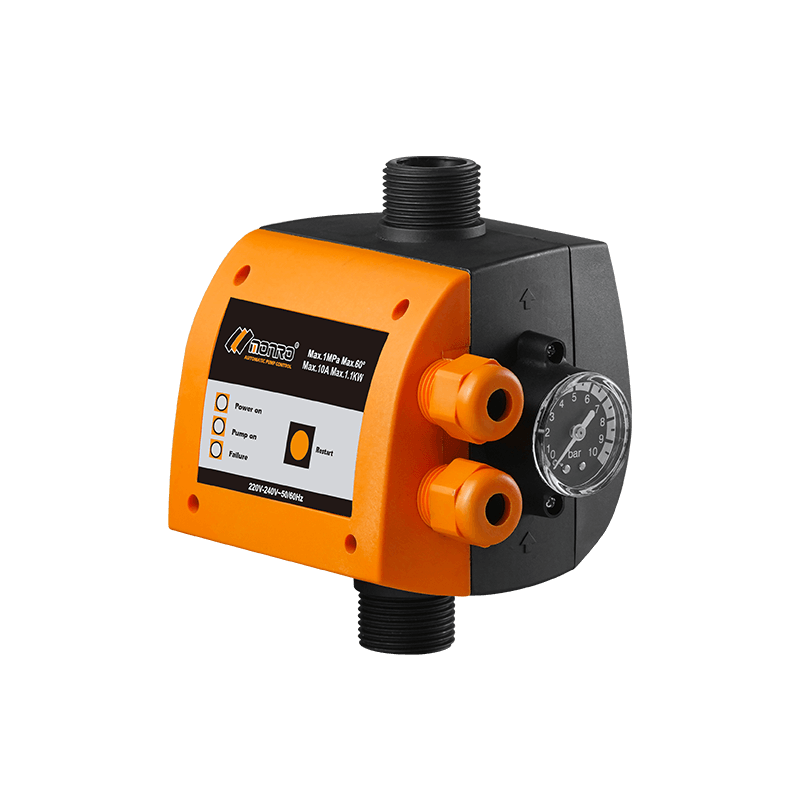 EPC-9
EPC-9Monro EPC-9 model pressure controller, is a big power device for automatic control and protection of...
-
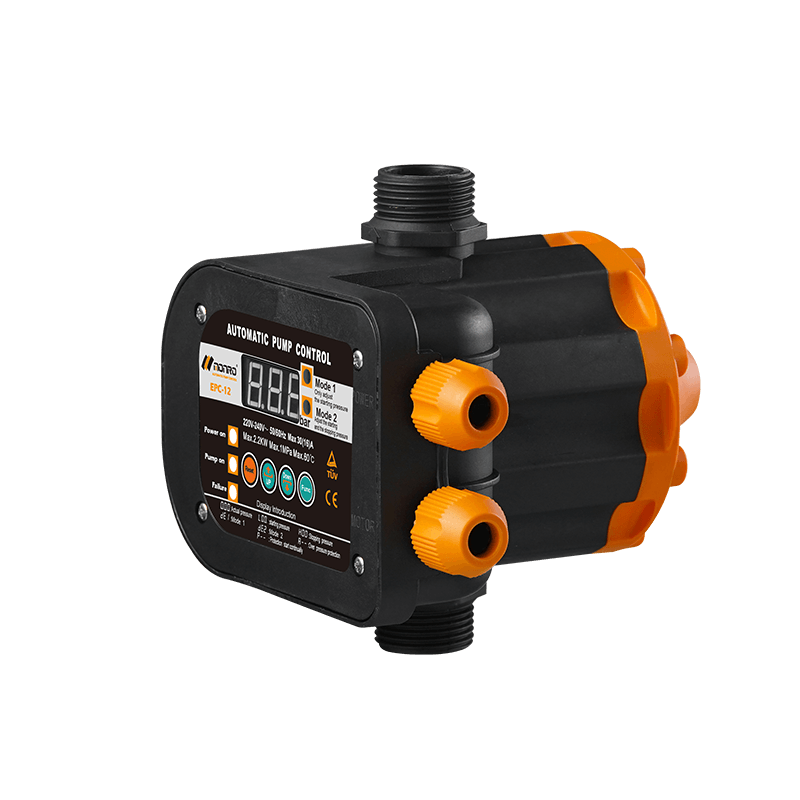 EPC-12
EPC-12Monro EPC-12 smart top-level automatic pump control is a multi-function model combined with traditio...
-
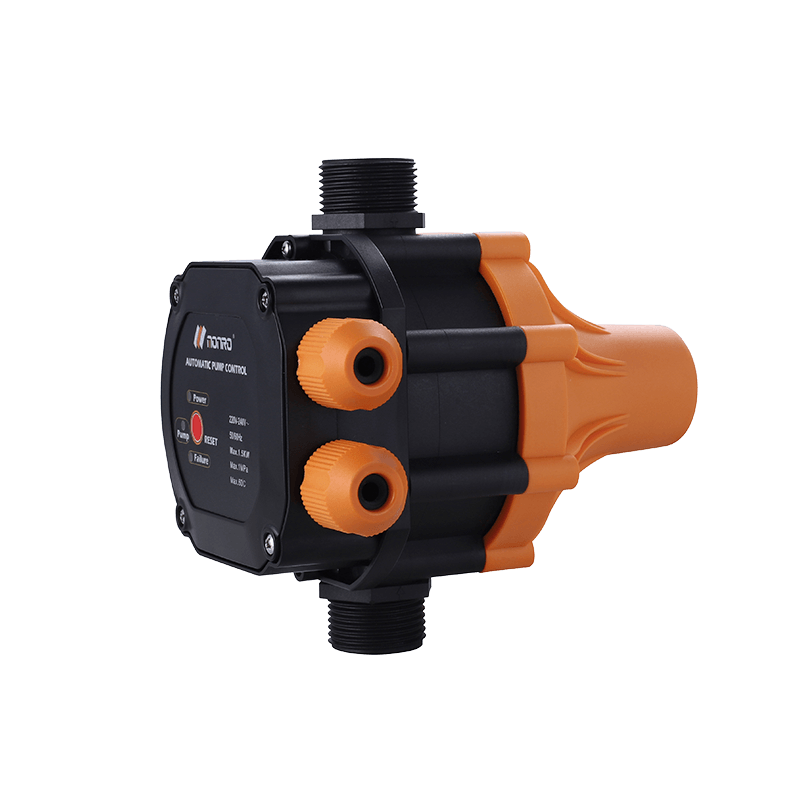 EPC-14
EPC-14Monro EPC-14 model pressure control is a big power device for automatic control and protection of el...
-
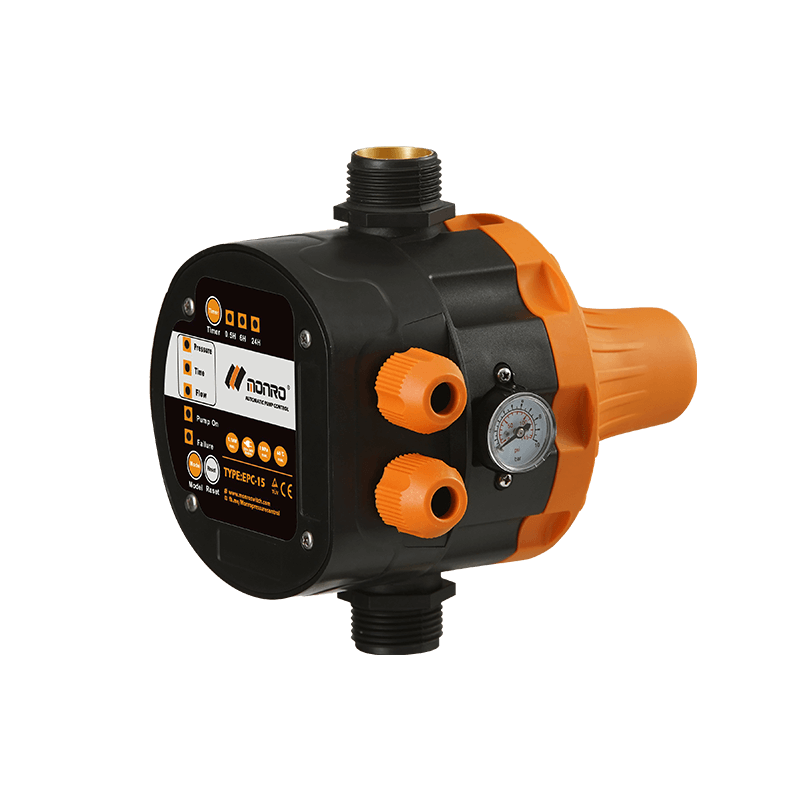 EPC-15
EPC-15Monro EPC-15 model automatic pump control, a device which assembled on the water pump (recommended s...
-
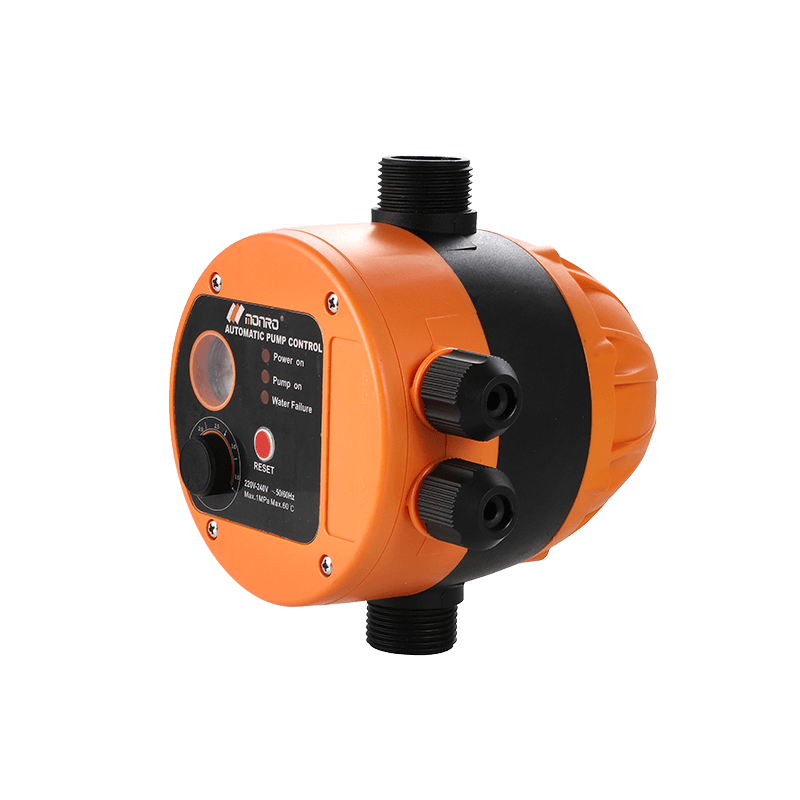 EPC-16
EPC-16EPC-16 is the new patent pump controller by Monro. Its key highlight is tooless (manual knob) start...
find our office
Committed to providing professional pressure control solutions for various types of water pumps and air compressors.

 简体中文
简体中文 English
English Español
Español